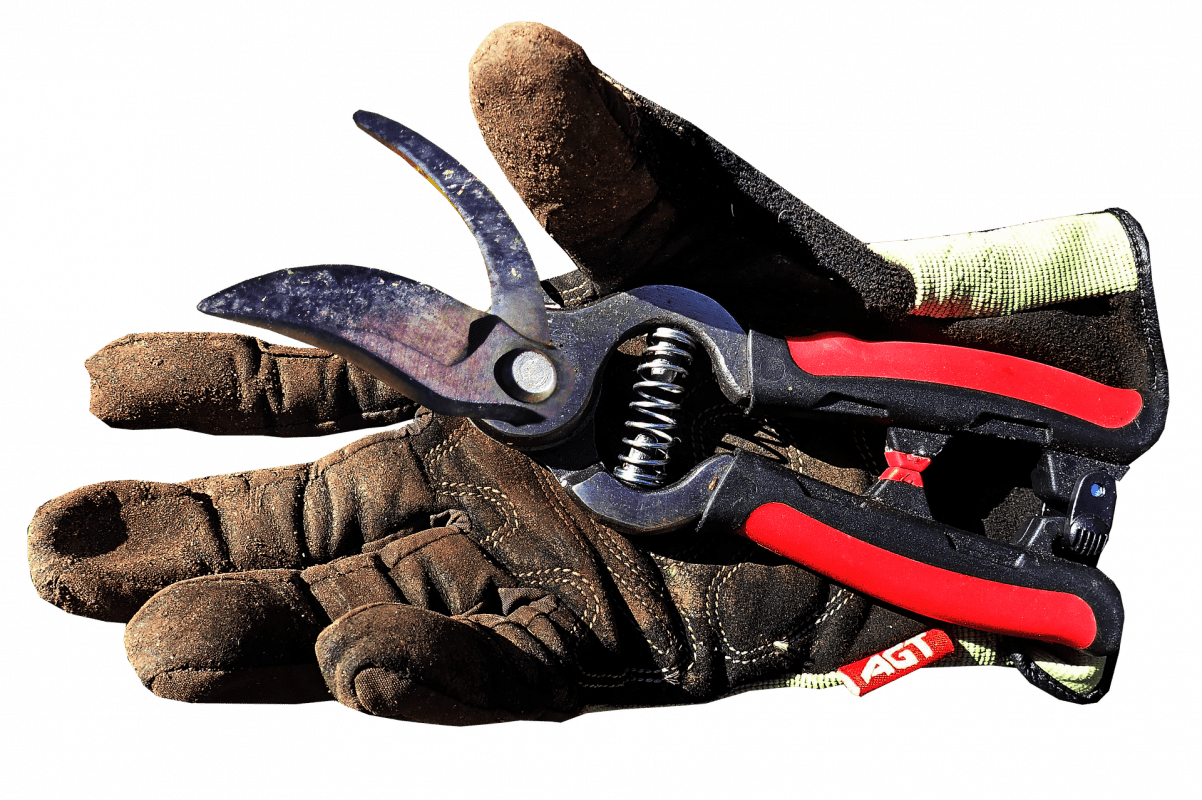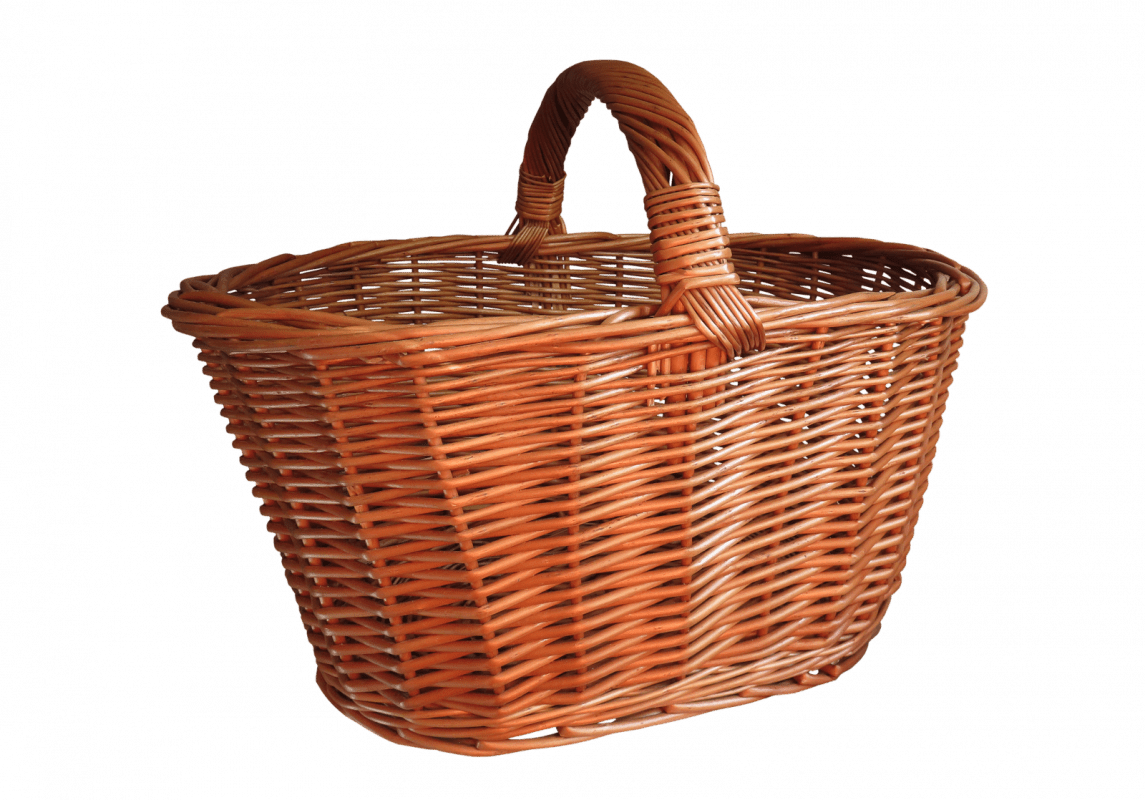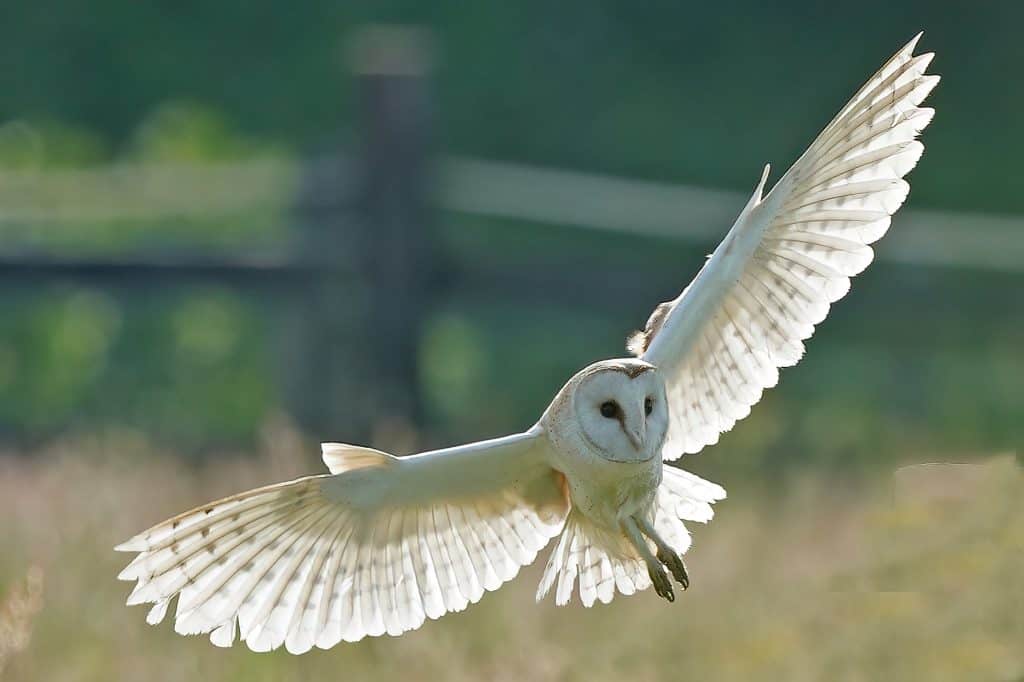Black Headed Gull
Chroicocephalus ridibundus
RSPB Conservation Status – Amber
Last seen – 26-11-22
The black-headed gull is a small to medium-sized bird found across Europe, Asia, and parts of North Africa.
Despite its name, it does not have a black head; instead, its head is chocolate-brown in the summer breeding season, and white in the winter.
Facts
Population – Between 140,000 and 160,000 breeding pairs
Length – 38 – 44 cm
Wingspan – 94 – 105 cm
Weight – 120 – 325 g
Breeding
The breeding season for black-headed gulls starts in April or May, depending on the location.
They typically nest in large colonies on the ground, on islands or along the shores of lakes or rivers.
Both males and females take turns incubating the eggs, which hatch after around 20-25 days.
The chicks are fed by both parents and fledge after around 35-40 days.
Habitat
The black-headed gull is a highly adaptable bird, and can be found in a variety of habitats including lakes, rivers, estuaries, marshes, and coastal areas.
It is also a common sight in urban areas, and can often be seen scavenging for food in car parks and rubbish dumps.
Food
The black-headed gull is an omnivorous bird, feeding on a wide variety of food including insects, fish, crustaceans, and plant matter.
They are also known to scavenge for food, and can often be seen feeding on food scraps in urban areas.










